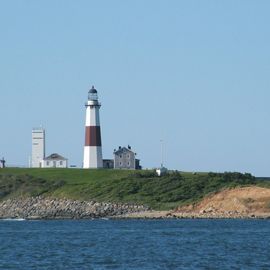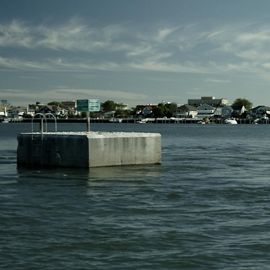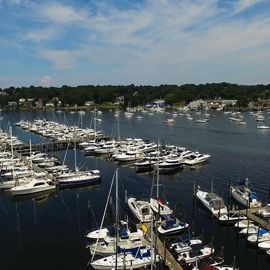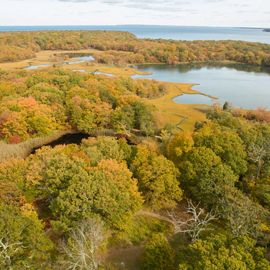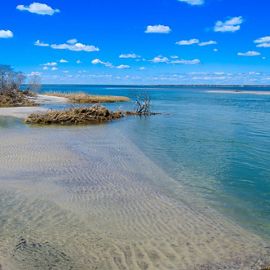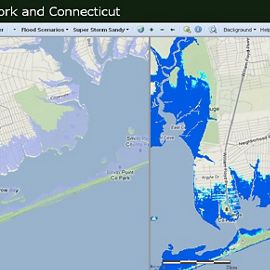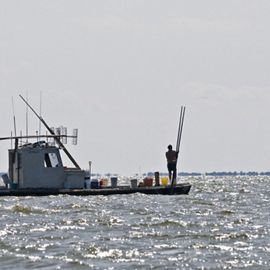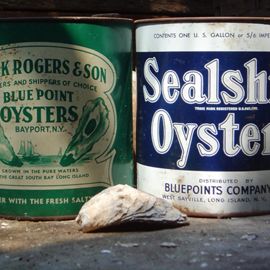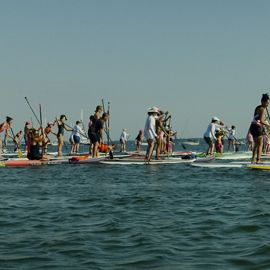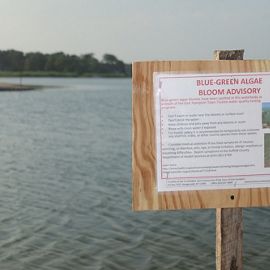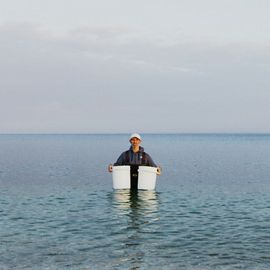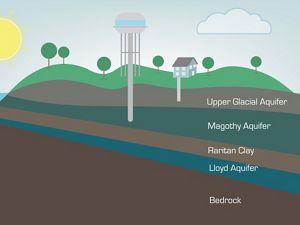Growing Awry
Nitrogen makes plants grow. But too much of a good thing is a bad thing. When too much nitrogen flows to our bays, fast-growing plants out-compete and kill slower-growing beneficial plants. Decaying plants use up oxygen, which kills fish and other marine life. Algae blooms such as brown tide, rust tide, and the macro-algae called Ulva, (AKA Sea lettuce) are examples we now see around Long Island.
Poisonous for People and Wildlife
The red tide algae Alexandrium produces a powerful neurotoxin that accumulates in filter feeding shellfish that can poison the people or wildlife that eat them. Toxic algae are increasingly occurring in Long Island’s bays and harbors.
More costly water quality sampling and enforcement by government to open and close shellfishing areas is becoming the norm. But wildlife can’t read the no-shellfishing signs and the results can be devastating.

Unsafe for Contact
Long Island’s ponds and lakes also suffer from nitrogen pollution. In addition to fueling infestations of invasive plants, such as cabomba, high nitrogen levels are also increasing the growth and toxicity of killer blue-green algae. Blue-green algae are toxic to fish, wildlife, livestock, pets, and people. In 2015 Suffolk County issued 'no contact' advisories for 14 lakes and ponds due to this threat.
Explore Local Stories About Water Quality
